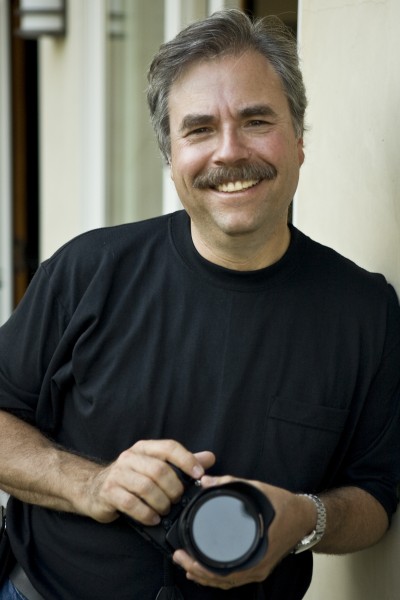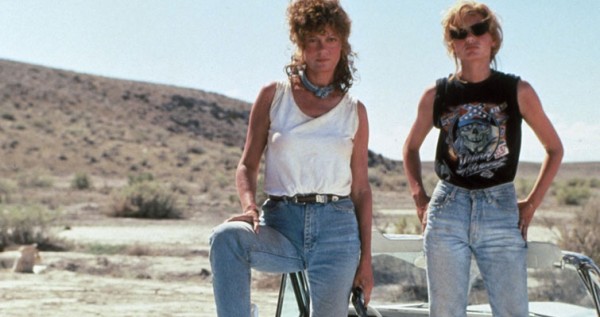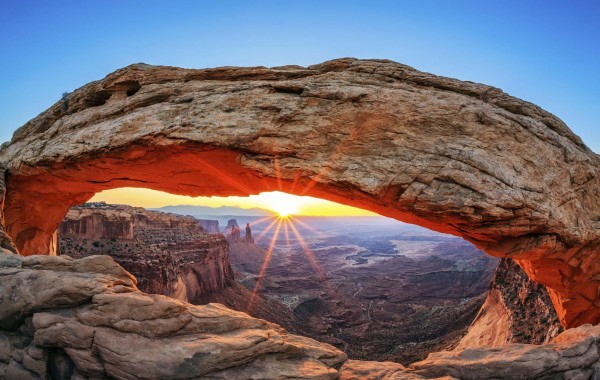TLG talks to Location Manager Ken Haber about the impact of incentives and working on Thelma and Louise
Ken Haber, aside from being a good friend of TLG is also one of the most well known Location Managers in the industry. Ken’s resume includes work on a number of classic Hollywood films such as Thelma and Louise and Wall Street.
 He currently operates as the Second Vice President at the Location Managers Guild International (previously LMGA), an organisation that brings together professionals from the screen industries to support a common ethical procedure in business, and recently acted as a Location Scout for Concussion starring Will Smith. We had the chance to speak with Ken at the FOCUS 2015 networking event.
He currently operates as the Second Vice President at the Location Managers Guild International (previously LMGA), an organisation that brings together professionals from the screen industries to support a common ethical procedure in business, and recently acted as a Location Scout for Concussion starring Will Smith. We had the chance to speak with Ken at the FOCUS 2015 networking event.
How long have you held your position at the LGMI?
I’ve been Second Vice President for two years, and I’m also the Photo Editor of our magazine, Compass.
How long has the organisation been operating for?
We’ve been around for a little over 10 years now.
The organisation must know all of the industry’s dirty secrets by now then?
Oh we know it all, that’s why the really important people are careful around us (just kidding of course).
What locations do you personally tend to cover?
There isn’t one particular place. I am mostly a scout these days rather than a manager, although I do manage portions of projects and depending on what’s needed I often get called in when there’s a big problem or an issue with something. Because I had been to Moab in Utah for Thelma and Louise, Disney would only hire me for desert scouts. Somehow I was considered to be the desert specialist despite most of my background being in projects filmed in urban settings.
Do you have any favourite locations?
I think I found a lot of them on Thelma and Louise, it was a while ago but it was an amazing project. I really covered about half the country in a 10 month period working on that production, so it was a lot of scouting but it was amazing experience. I was living in New York at the time and I wasn’t too familiar with the west but I was really taken by it.
Have you returned to some of those locations for later productions?
I have, back to Moab for some scouting that didn’t materialise into the production it was intended for. Otherwise it’s fairly rare to go back to places over and over again, and what I think has changed dramatically since I did Thelma and Louise was that in those days you found the best place to shoot a film and now it’s all based on incentives. Nowadays you go to the incentive states or the incentive countries and you find the locations there based on how much money the production is saving. That’s definitely changed things; it’s almost the tail wagging the dog now.
When did that change occur?
I’d say about 10 years ago, maybe a little more. It happened when Canada started the whole incentive programme and it just caught on, particularly when the American companies started going there. Different countries from around the world saw the advantages in doing that and they all started to jump on the bandwagon and then a lot of the business left.
In the last seven years incentives have been brought into California so the business is coming back but we lost a tremendous amount of work there, not only to other states but all around the world. It has really hurt the industry in California but it’s helped everyone else.
What’s your take on the current battle to maintain incentives in Florida and other states?
It’s fickle because these things all have to be passed by the state legislature and as elections change, priorities change. One of the difficulties is that with the economy having been bad, it’s very hard when they’re closing schools and hospitals to say to constituents that they’re going to give money to the film industry, it’s a difficult sell.
The result is that in places where they’ve had incentives they’re now dialling it back or they’re getting rid of it because they just can’t justify it. Places like California have realised just how much they’re losing out and how many jobs are lost as a result of business leaving, so now they’re bringing it back.
It’s always a constant state of flux but you’ll notice that the states with incentives are receiving the most amount of work, definitely with states like New Mexico, right now Georgia is huge with plenty of productions shooting in Atlanta, and New York also. There might be better places to film in relation to a script but productions just aren’t going there because they’re not getting any incentives back.
What other places are currently losing out?
I used to represent the Maryland Film Office in Los Angeles, we were one of the premier film offices in the country but they cut their budget way back in the state and we went from eight members of staff to about one, the Director was the only full time guy left. They still do filming there but they took a big hit, there are a lot of companies that won’t go there now because there’s just not enough incentive money in the pot.
 You would assume then that with the success that California has had, it might persuade other states to follow suit.
You would assume then that with the success that California has had, it might persuade other states to follow suit.
From a Location Manager’s standpoint, the thing we would all like more than anything else is to have an even playing field and to be able to find the right place for the right reason, not just because it’s cheap. Ideally that’s what we’re striving for, whether or not it’ll ever happen is anyone’s guess.
A little off-topic but as a huge Thelma and Louise fan, do you have any anecdotes to share from that production?
I do have a great one. There was a location that we shot at which was this little ghost town in Utah and I was there with Ridley Scott. We were scouting the location and looking around and there were all these empty houses with only four people or so living in this town, it was a very strange place. One of the guys living there resided in a trailer, and while the wind and dust are blowing around his trailer door swings open and out comes this old guy named Ernie who looks like Father Time with a long white beard.
He started walking towards us through the town, and he’s followed by some sort of an attack chicken which acted as the guy’s mascot. If you got too close to Ernie, the chicken would come and attack you. At this point Ridley turns to me and said: “we’ve got to get him in this movie!”
So I meet the guy, introduce myself and we go into his trailer. I then launch into a 20 minute explanation of what we’re doing and I ask him if he would like to join us in the movie. I go through this whole spiel and when I finally ask him if he’s interested, he simply responded with: “eh?!”. He hadn’t heard a thing I had said for 20 minutes. He was stone deaf. I ended up shouting the whole speech again and he agreed to go along with it, in fact he ended up being a big hit on the set. He was 94 years old and he still drove to Death Valley in California because he was a Prospector, just an absolute character. We had a Director’s chair made for him, he was such a cool guy and Susan Sarandon and Geena Davis just loved him.
That was incredible! Ken, thank you for your time.
Not a problem!
This article is part of a series of interviews that took place at the FOCUS networking event in December 2015. FOCUS will return to the Business Design Centre in Islington, December 6th & 7th 2016.
Related Posts
- State Support: America’s love/hate relationship with filming incentives
- On location with Michael Brook, Manager of Screen Auckland
- Location Manager Patrick Mignano discusses J Edgar and filming with Clint Eastwood
- Interview with Matthew Earl Jones, Head of The Arizona Film and Media Office, and Shelli Hall of the Tucson Film Office
- Why is the UK’s production industry going from strength to strength in the face of economic uncertainty? TLG spoke to industry experts to find out
- Boosted California filming incentive set to prioritise TV production
- California to launch boosted $330m filming incentive from next year
- Interstellar Location Manager Mandi Dillin on US filming hubs and California hopes
Related posts:
Comments
Not Logged in
You must be logged in to post a comment

There are no comments